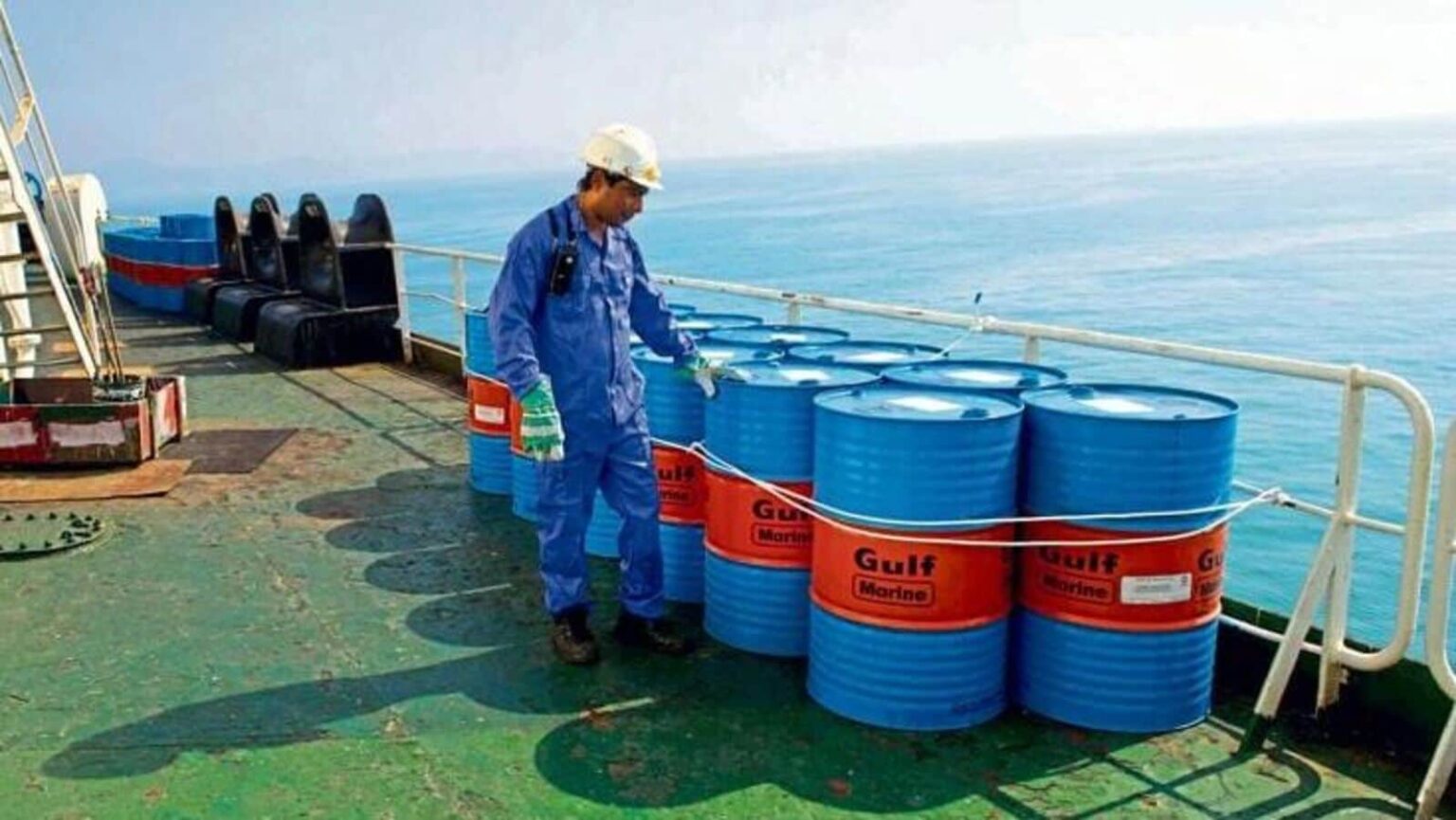India is set to tap into its strategic oil reserves for commercial gain, marking a significant shift in its energy policy. Traditionally reserved for emergencies such as geopolitical crises or supply disruptions, these reserves are now being opened up to meet domestic market demands and enhance economic efficiency.

Source:- news 18
India, with its burgeoning economy and increasing energy needs, has recognized the potential of leveraging its strategic reserves beyond just crisis management. This decision comes as a response to fluctuating global oil prices and the need to stabilize domestic fuel costs. By selling a portion of its reserves, the Indian government aims to generate revenue, reduce the fiscal burden of oil subsidies, and manage market volatility.
Source:- BBC news
The strategic reserves, primarily located at Vishakhapatnam, Mangalore, and Padur, have been designed to hold up to 5.33 million metric tons of crude oil, enough to cover about 10 days of imports. The idea is to release these reserves in a controlled manner to avoid market disruptions. This move aligns with global practices where countries have increasingly started to use their reserves to balance market needs with strategic goals.
Additionally, tapping into these reserves can also help India address the challenges posed by its growing import dependency. By integrating reserve management with commercial strategies, India seeks to gain better control over its energy security and economic stability.
The decision reflects a broader trend of energy policy reforms in India, aiming to optimize resource utilization and enhance economic resilience. As the country navigates through complex global energy dynamics, the strategic reserves’ commercial use will play a crucial role in balancing immediate needs with long-term energy security objectives.
Share your views in the comments

